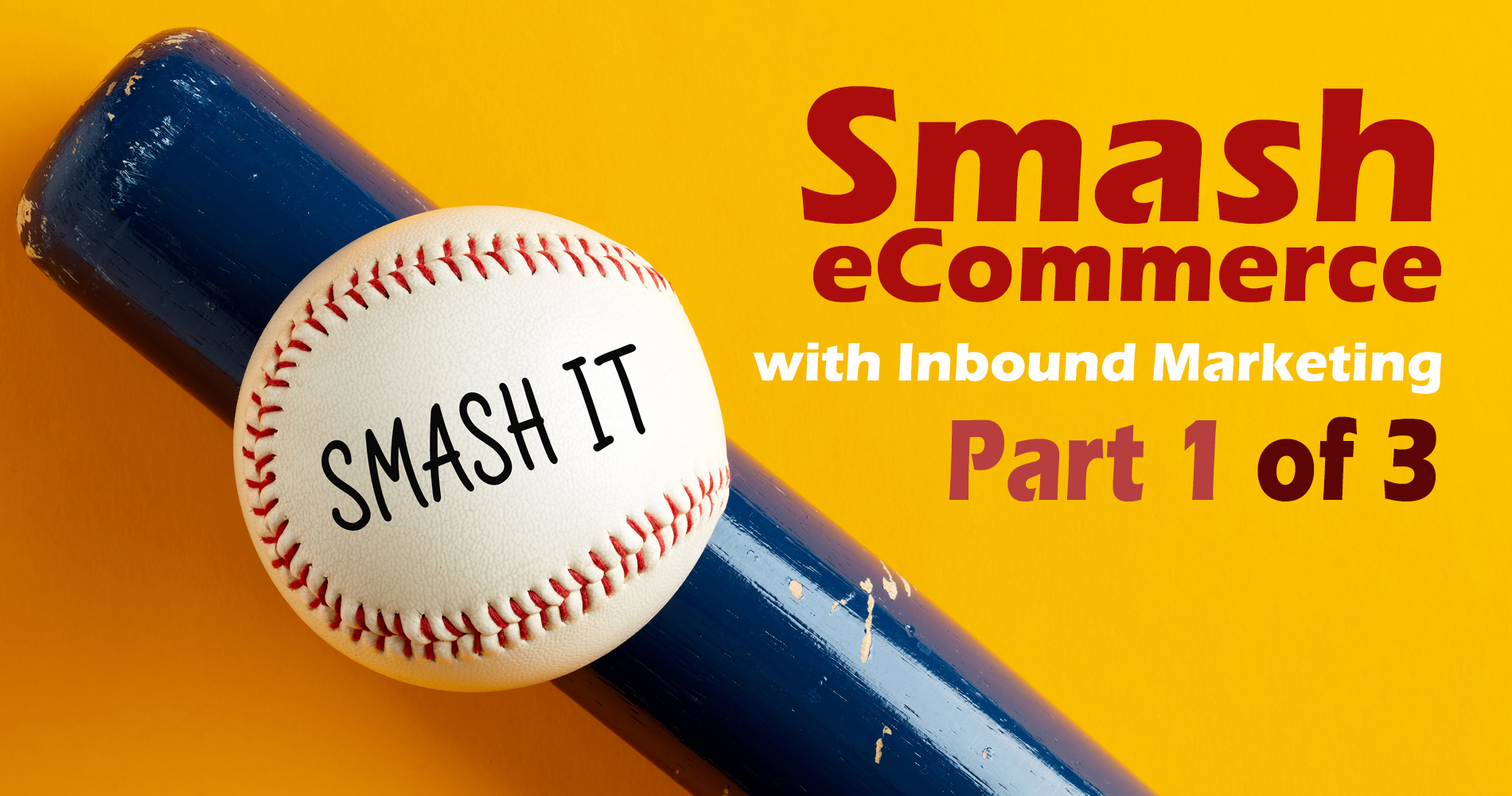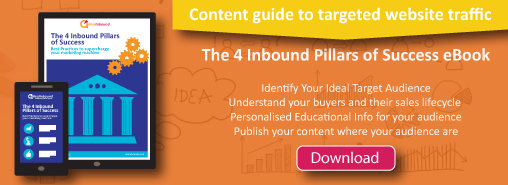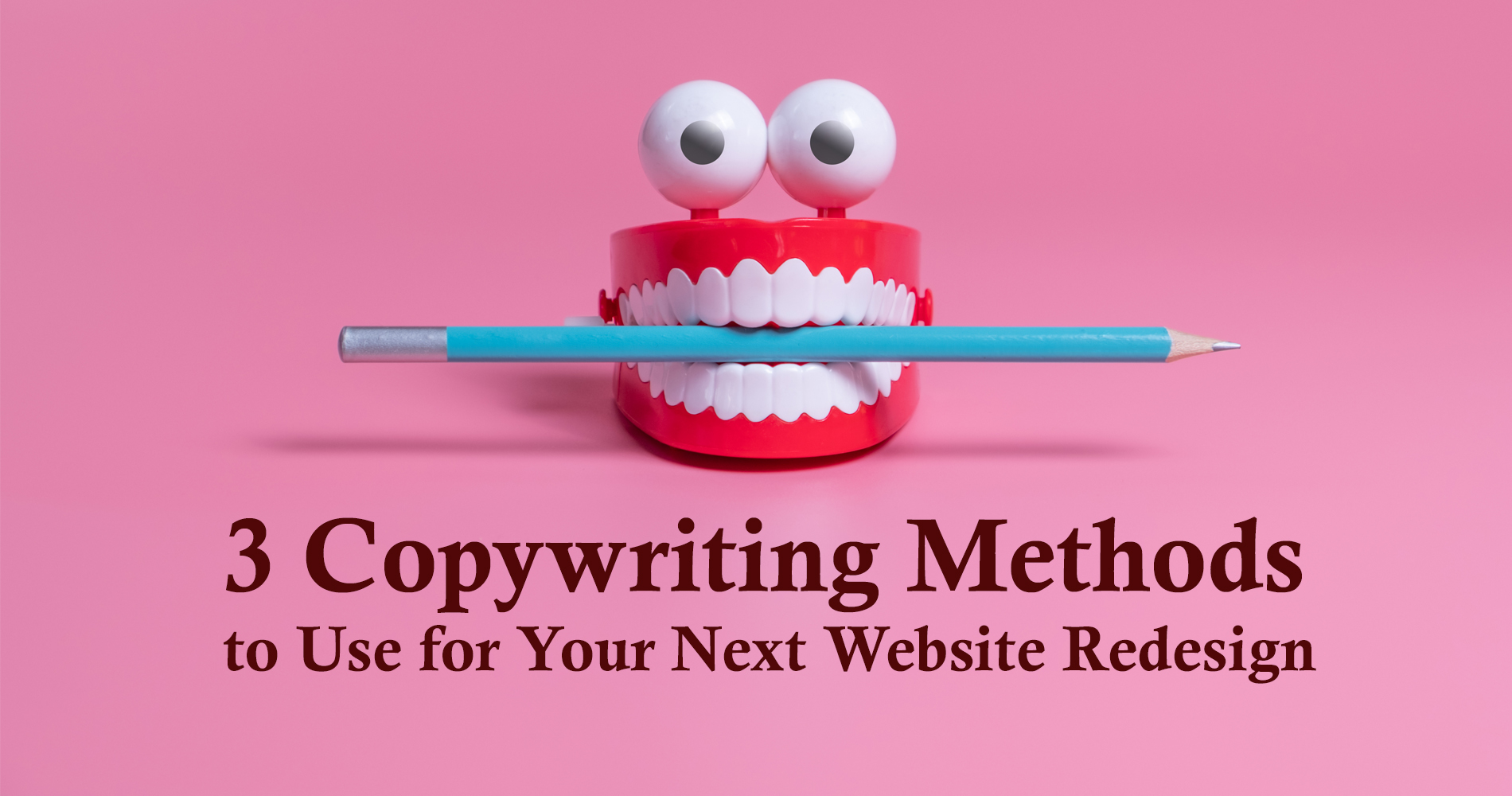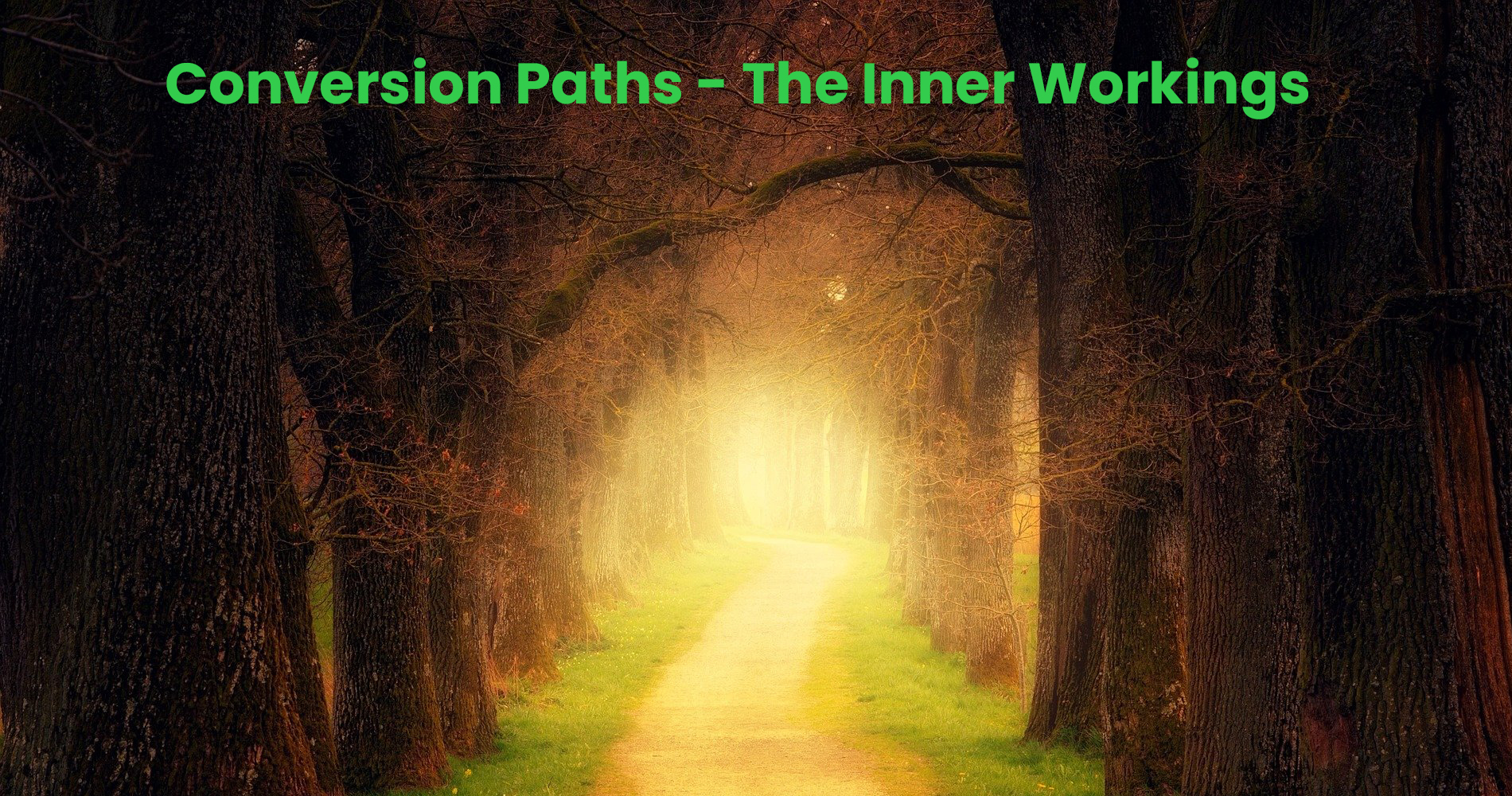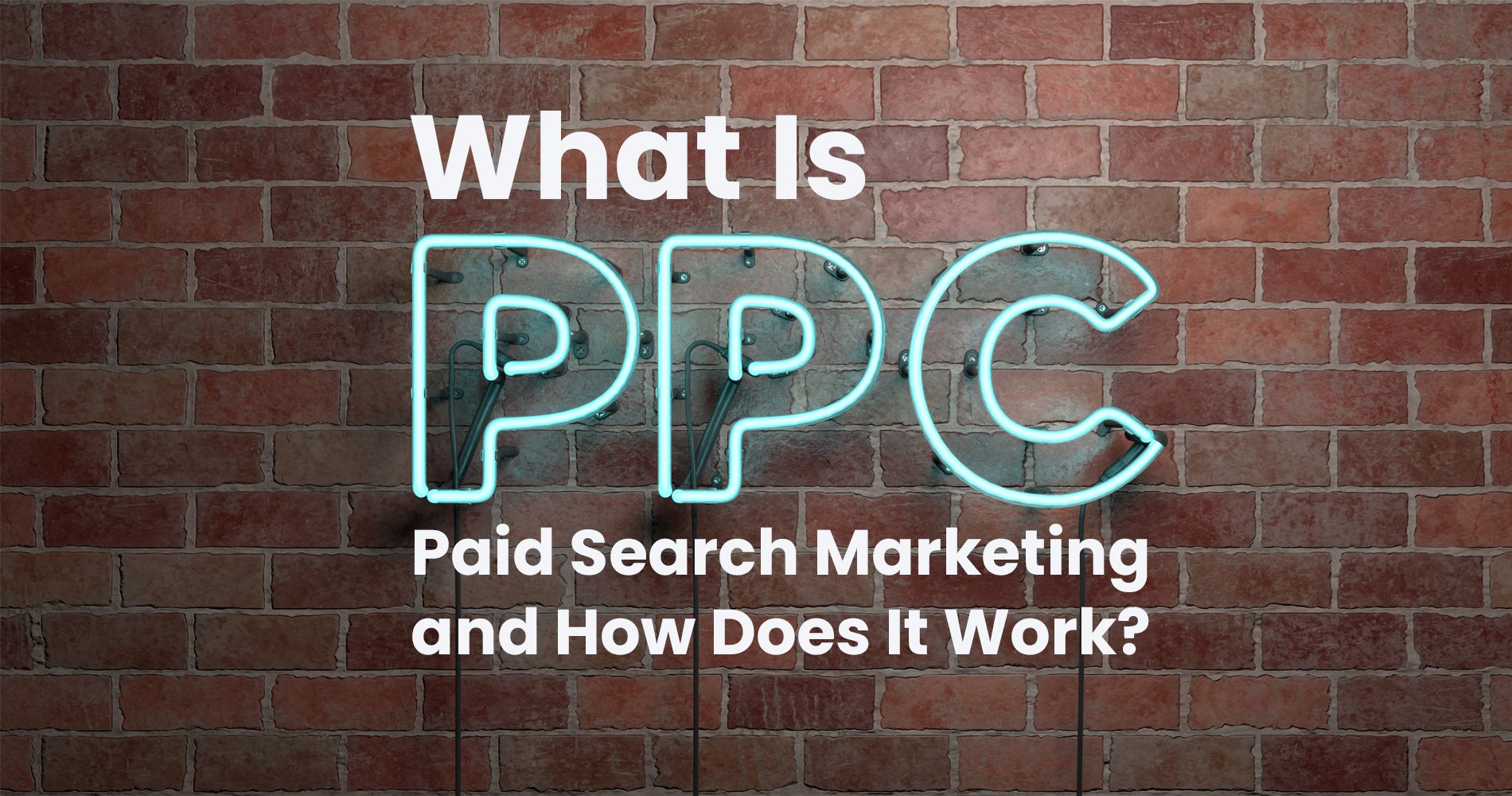Think of any successful e-commerce site and you will realise that they have done a lot more inbound marketing than you thought. And why is that? Because it's the secret formula to help drive even the most reluctant consumers to make a purchase or take action in whatever way they want. After all, no one wants to be passive when it comes to doing business, so it shouldn't come as a surprise that inbound marketing has truly helped evolve how we do things in every sense. Groove Commerce also believes this to be true. And we're proud to share our favourite secrets for using content and social media smartly in your daily e-commerce strategy - because these are tactics that can help change your sales numbers for the better.
Many attribute their success in business to the creativity of their marketing strategies. An effective eCommerce strategy can be a powerful weapon in today’s competitive landscape. By increasing your eCommerce conversion rates and moving customers from traffic to sales, you increase the lifetime value of each customer and bring more revenue back to your business. In this guide, we'll discuss at length the different components that make up an effective eCommerce strategy, so let’s dive right in without wasting any time:
Why Is Inbound Marketing Important for eCommerce?
Inbound Marketing is a very customer-centric approach to building your business’s brand by attracting new leads and turning them into customers. As you can imagine, this takes a lot of hard work but must be used as part of an integrated marketing strategy to be successful.
Inbound marketing is an ongoing, structured effort to strategically attract relevant customers that ultimately drive revenue. Inbound marketing focuses on attracting potential customers by providing valuable content and engaging with them to convert them into leads that can eventually be converted into paying customers (or prospects). The goal of inbound marketing is to attract current and potential customers by using content that is relevant to them.
Inbound marketing is a process of attracting potential customers to your website. That’s why it might be surprising that there’s no established number of visitors needed to qualify as inbound marketing. However, the reality is that strategies must be in place to make sure you don’t spend countless hours creating content without any return on investment. If you want to engage customers and build brand awareness, tips for inbound marketing must become part of a larger picture that considers eCommerce goals as well. In doing so, you can attract more shoppers looking for a quick fix or shoppers who might require more than what’s available online.
The benefits of e-commerce extend far and wide, stretching across all personal and professional spheres. From the consumer’s perceptive, purchasing anything online provides quality products and services at lower prices in a faster manner. From the consumer’s perceptive, purchasing anything online saves time from having to physically go to a store as well as time waiting in line for an employee to assist with transaction needs. Furthermore, buying anything online isn’t a matter of the past anymore; in fact, what was once considered just a phase has become widely adopted into many daily routines. It’s safe to say that e-commerce will continue to evolve by making its way on more platforms starting with e-commerce software.
- Attracting more visitors
- Enhancing conversion rates
- Growing the average order value
- Achieving a higher lifetime value
- Looking at inbound marketing techniques through the sales funnel is a good way to approach them.
Attract
During this stage, the marketing funnel is at its peak. The goal is to establish brand recognition and awareness among key target audiences.
Convert
The term convert can mean different things in different industries or business categories, but we're using it here to describe gaining a relationship with a prospective customer. The best way to do this is to capture an email address so that you can continue to market to them in the future.
Close
The sale is finished here, aka the SHOW ME THE MONEY stage
Delight
A business reaches the final stage when it exceeds its customer's expectations without just fulfilling orders. A business' exposure, reach, and reputation will be amplified if customers share their experience with their friends and social networks, thus boosting its exposure, reach, and reputation (feeding back into the top of the sales funnel).
Developing a series of small, ongoing campaigns will help you reach customers at each of these stages, moving them through the sales funnel. This guide will detail tactics you can apply at each of these funnel stages. To get to tactics, we must first establish a strategy.
Strategising
Investing time in gaining insights about customers and planning tactics around these insights is the key to success in any inbound marketing campaign. An ideal buyer profile should therefore be the first step in any program, and then buyer modalities as a more specific segmentation method can be developed from there.
Recency, Frequency, and Monetary across all buyers are the three key pillars of a marketing strategy. Answering this question means:
- What is the buyer's age?
- What is the pattern of their purchases?
- Are they spending a lot or a little?
These three data points will help you figure out who your ideal buyer is, and they will serve as a baseline set of metrics to build on. Additionally, your ideal buyer profile may include the following information:
- Gender
- Age Group
- Ethnicity or nationality
- Geographical Location
- Earnings
- Education
- Technical Ability
A buyer persona is in contrast based on research into your target customer's needs and how they intend to use the product. Personas define individual behaviours that go beyond your list of helpful bullet points to extrapolate intent, rather than just listening to what your potential customers say. You might ask the following questions to determine buyer intent:
- Is the product useful to you? How do you use it?
- Do you have any plans for it?
- Why do you want to use the product?
Marketing is all about understanding your channels, whether they’re digital or physical. Just like how a microwave can be used to heat coffee or cook popcorn (via frozen kernels), two people can be motivated by the same marketing messages but in different ways. For instance, a couple and their daughter might visit a website for rice cookers online only because the father needs a new one to help with his cooking. This need has nothing to do with the wife and child! The takeaway here is that marketers must understand how to make do with targeting multiple channels based on specific factors such as demographics and behavioural data.
Buyer personas are very important when it comes to marketing! Some buyers will be more inclined and predisposed to particular forms of interaction, such as those that are easily persuaded and swayed. When you understand your personas' modalities, you can create messages tailored specifically for every buyer type, which makes way for personalised content in all the different stages of your sales funnel. The '1 size fits all approach doesn't cut it any longer. A good strategy allows a company to speak directly to their potential consumers by taking great care of crafting relevant and effective products that spoke to each persona's individual needs.
Next, you need to plan for the implementation of your inbound marketing strategy. The process consists of two distinct steps:
- Schedule and plan content/offers
- Automating workflows and identifying them.
The planning & scheduling stage is just what it sounds: you are creating a detailed marketing calendar that has been designed to outline what any supporting materials or content will be produced, where these assets will be distributed, and to whom, as well as when all of this will take place. Keep in mind that each buying at each level within your funnel requires a different type of address from your company and its brand! But we still see many mid-market e-Tailers who fail to operate off even proper schedules! You should be able to work backward from future deadlines and bullet point boxes indicating content being pushed out, often at multiple stages within your funnel (as we have done within SlideShare's sales funnels previously), and outline no less than 80-90% of your overall "calendar" at once rather than needing to play catch up later down the road.
KEEP AN EYE OUT for part 2 in the coming days...
